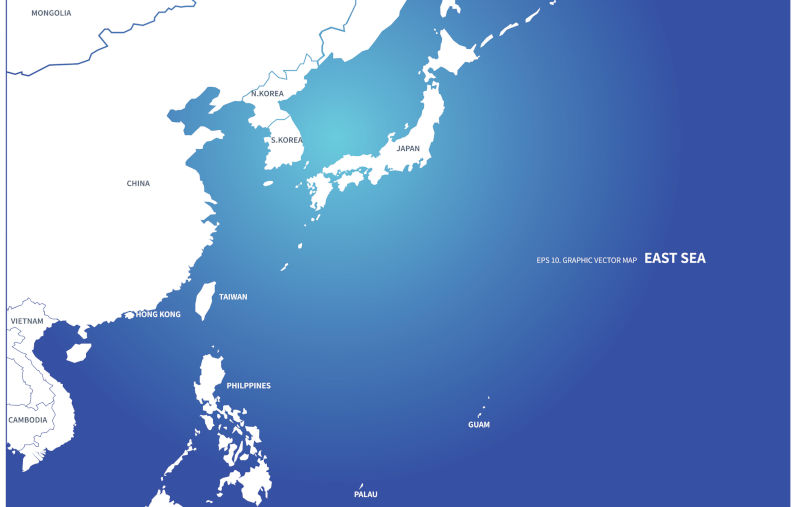Japans 'strike north' military faction
April 26, 2023
As a Quad member Japan is supposed to be focussed on Taiwan and the South China Sea.
And it is doing much to help the nations of the area defend themselves from the alleged China threat. But within the Japanese military there has long been a Strike North faction favouring expansion into the vast open spaces to the north of Japan rather than try to move into the crowded and complex lands to the south. They could well have some revival.
In pre-war years the Strike North people were dominant in the Japanese military, with the 1904 defeat of Tsarist Russia leading to territorial gains in the Kuriiles islands and Sakhalin and the 1931 move into Manchuria. From there they would have gone much further into Mongolia and Siberia but for their decisive defeat by Soviet and Mongolian forces in the 1939 battle of Khalkyn Gol, otherwise known as the Nomonhan Incident.
Japans move south into China came well after 1931 and it has been argued it was only triggered by the semi-accidental Marco Polo Bridge incident of July 1937 when a Japanese soldier delayed by a toilet stop gave his bellicose commander the excuse to attack a nearby Chinese town. True or not, it was some minor friction between Japanese and Chinese troops stationed near the Bridge which started the chain of events drawing the Japanese military southwards into China proper, Southeast Asia and the attempt to occupy Australia.
Here the Look South faction was firmly in control. They were eventually stopped by the military might of the USA.
But it would be foolish to imagine these defeats by the USSR and the USA have put an end to look North or South strategies. With Russia now bogged down in the Ukraine conflict, and with territorial disputes unresolved, it would seem likely that some militaristic eyes would begin look to North once again.
For one thing Japan is still theoretically in a state of war with Moscow. The 1956 talks for a peace treaty to end WWII broke down due to a protracted dispute over ownership of the so-called Northern Territories - Kurile and other islands close to Hokkaido formerly inhabited by Japanese which Soviet forces occupied in the last year of the war.
The territorial dispute has festered ever since with Tokyo organising an annual Northern Territories commemoration day and Moscow making only the minor concession of allowing former inhabitants to make short visits to graves and some points of interest in the islands they left in 1945. There must be a strong temptation for Tokyo to use the forces it has long held in nearby Hokkaido to take advantage of presumed Russian weakness to regain some or all of the disputed islands.
From there it would not be a large step to try to realise the ultra-nationalist Japanese claims to the territories gained from Tsarist Russia - the northern Kuriles and Sakhalin. Both have large oil and fishing attractions.
After some hesitation Japan has now gone along with US imposed sanctions on Russia.
Moscow has shown awareness of these dangers with its efforts to place population, industry and soldiers on the disputed territories. This April it launched large military exercises in the area involving over one hundred ships and more than 20,000 troops by Japanese estimates.
Tokyo protested these exercises close to Japanese territory strongly. Moscow has now taken the fairly decisive move of ending its long-standing policy of permissions for island visits by former inhabitants.
The stage is being set for renewed confrontation.

